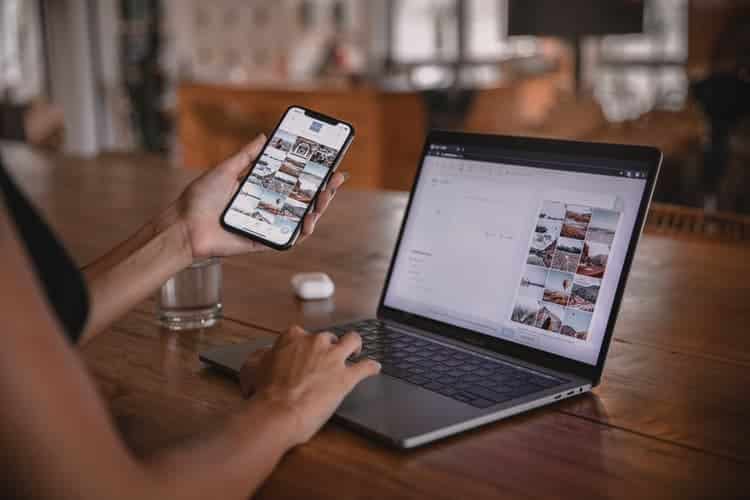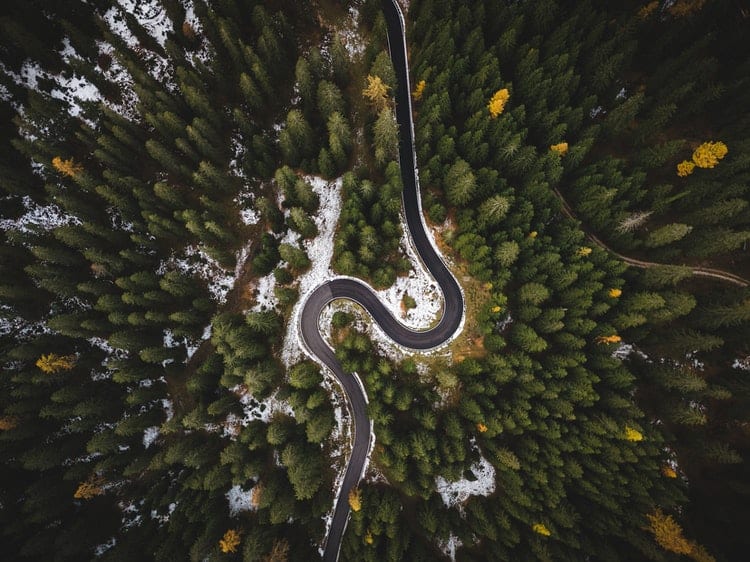The future of photography looks bright. All of the tech we have now is incredibly useful in making the ability to capture photos or record footage much more exciting and produce breathtaking work. Aside from the increasing megapixel count, one of the more useful developments has been drone technology.
Consumer drones have become insanely satisfying to use, with better controls, better recording capability, and longer battery life which is allowing videographers to take to the skies for longer and longer. However, it’s not that easy, anyone can get their hands on great tech but that doesn’t make them good. Here is how to make sure your drone videos are great.
1. Choosing the Right Time of Day
Just like you would with your regular photography and videography, you understand the importance of the time of day. Whether it’s overcast at midday or the golden hour in the evening, the time of day that you head out to record is going to make a world of difference in the shadows, highlights, contrast, blacks/whites, and color you’ll be picking up on your footage. A lot of this you’ll correct in editing, but it also helps to know what time of day and weather conditions are like so you can get some natural assistance with your work.
2. Learn How to Better Control Your Drone
It probably goes without saying that you should know how to fly the drone in the first place, but you can always learn more advanced techniques for flying it that will allow you to get cooler footage. Knowing how to roll, pitch, or swoop in on subjects will give you much more variety in your footage instead of just generic moves. The more you commit to learning the ins and outs of drone flying the better you’ll become.
3. Use Editing Filters and Packs

It can be controversial for some to consider using presets or premade filters and editing packs, but they do help. There’s nothing against it at the end of the day, plenty of professionals do it sometimes when they need quick editing, and looking at FPV Luts filter packs, you can see how it can save you time in a pinch. They might have something you don’t know how to do and you can learn from observing what they did, but the point is that it’s useful for helping your content get more aesthetically pleasing edits.
4. Get Creative with Your Shots and Footage
As mentioned, you can’t rely on the go-to techniques to really wow people with your work. Bird’s eye view shots are so commonplace that you can’t keep doing the same thing over and over again, which is why again, you need to learn how to use a drone well. This means understanding how to get in close to subjects for personal views, and how to utilize the flight ability of it to get fancy with it.
5. Pick Something You’re Passionate About
It also comes down to what you’re shooting. If you record drone footage for work, there will inevitably be clients asking you to do videography for stuff you’re not all that interested in. Maybe it’s weddings or maybe it’s sports, but in your spare time, you should focus on footage that actually excites you to record. The more you’re passionate about something, the better it’ll be and the more inspired you’ll feel, the more honest your work will become, and thus, the better it’ll feel.
6. Use the Drone That Matches Your Skills
You need to remember that even though the tools don’t make the artist, they sure help, but the inverse is true too. If you are using a drone that is beyond your capabilities, it won’t suddenly help you out and could hinder your abilities greatly. Picking the drone that is right for you, preferably starting off with one that is suitable for you if you’re a beginner, makes the world of difference. There’s plenty of models out there that range in function and purpose so you want to do your research on the right one that won’t be too complicated to use and that will help you learn the ropes.
Using a drone for videography is allowing creatives to capture some incredible footage and make awesome work both professional and personal, but a drone doesn’t magically make your work good. Using these tips, you can figure out new ways to enhance your editing skills, your flying skills, and how to maximize your time capturing footage.

